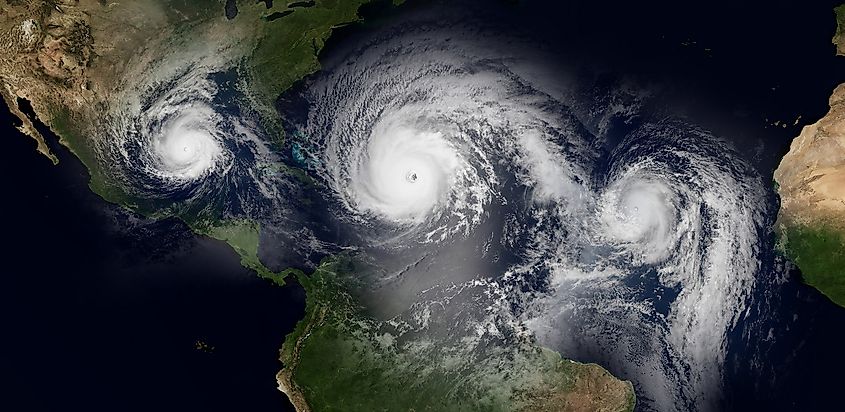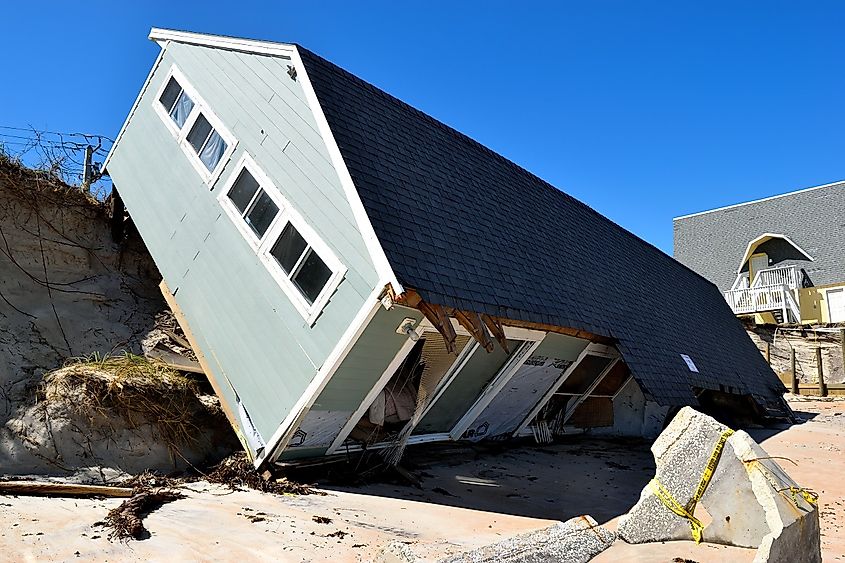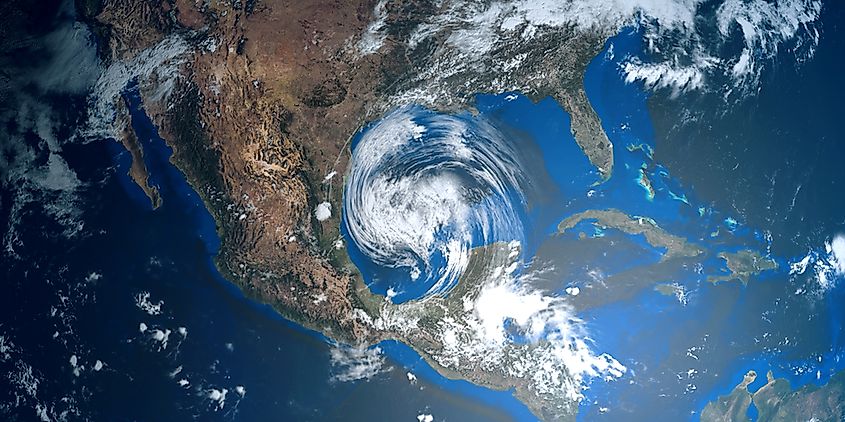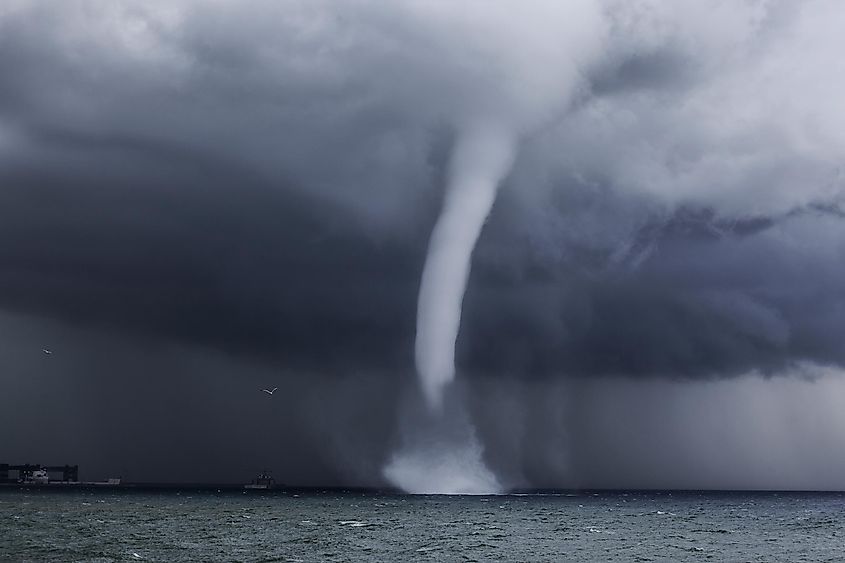
Why Does Florida Get So Many Hurricanes?
People often ask why Florida seems to get more hurricanes than other states. Is it because of the warm ocean water? The position of the state on the map? The wind patterns in the area? Scientists have studied this question for many years, and while there is no one definitive answer, they have come up with some interesting scientific hypotheses. Turns out, climate and geographic location has a lot to do with why gets more hurricanes than almost any other state.
Why is Florida Hurricane Prone and The Science Behind It

Florida is a state that is located in the southeastern part of the United States. It is well known for its beaches, warm weather, and, unfortunately, hurricanes.
Every three years, the state of Florida experiences an average of one major hurricane. While this may not seem like a lot, it is actually more than any other state in the country. So, why does Florida get so many hurricanes?
There are a few reasons why Florida sees more hurricanes than other states. One reason is because of its location. Florida is situated in what is known as the "hurricane alley." This is a region that stretches from the west coast of Africa to Florida, and up the Carolinas. This area is prone to tropical storms and hurricanes due to the warm water temperatures.
Additionally, Florida's climate contributes to the formation of hurricanes. The state has a long hurricane season, which runs from June to November. This is due to the fact that Florida is located in the subtropics, where there is typically a lot of warm, moist air.
While hurricanes can be devastating, they are also a part of life in Florida. By understanding why the state gets so many hurricanes, residents can be better prepared for when they do occur.
Economic Impact of Hurricanes in Florida

Hurricanes can have both positive and negative economic impacts in Florida. On the one hand, they can boost spending in the short term. But on the other hand, they can cause long-term damage to property and infrastructure, which can lead to higher insurance rates and lower home values.
In the short term, hurricanes can actually be a boost to the economy. That’s because when a hurricane is approaching, people tend to spend more money on supplies like food, water, and gas.
However, the long-term economic impacts of hurricanes are usually well into the negative. That’s because they can cause extensive damage to property and infrastructure. For example, Hurricane Irma caused an estimated $50 billion in damages in Florida alone. And that doesn’t even include the economic impact of lost wages, business interruption, and increased insurance rates.
So, while hurricanes may provide a short-term boost to the economy, their long-term impacts are usually damaging and undesirable.
What Is a Hurricane?

A hurricane is a large, rotating storm that typically forms over the ocean. Hurricanes are characterized by strong winds, heavy rains, and often destructive storm surges. These storms can cause significant damage to coastal areas and even inland regions.
The term "hurricane" is derived from the Indigenous Caribbean word “huracan” which means “evil spirit.” Hurricanes are also known as typhoons or cyclones, depending on where they form. In the Atlantic Ocean, hurricanes typically form between June 1st and November 30th. The peak of hurricane season is typically around the middle of August to the end of October.
Hurricanes typically begin as tropical disturbances in the atmosphere over warm ocean waters. These disturbances can grow into tropical depressions, which are low-pressure systems with rotating winds. If these depressions continue to grow and develop, they can become tropical storms. When tropical storms reach sustained wind speeds of 74 miles per hour, they are officially classified as hurricanes.

As hurricanes move over the ocean, they gradually grow in size and strength. When hurricanes make landfall, they can cause widespread damage to coastal areas from high winds and storm surges. A storm surge is a rise in sea level that occurs as a hurricane approaches shore. This rise in sea level can cause flooding in coastal areas.
Hurricanes can also cause inland flooding from heavy rains. In some cases, the winds from a hurricane can damage buildings and trees, and even cause power outages.
Hurricanes are a serious threat to public safety and can cause significant damage to coastal communities. It is important to be prepared for a hurricane before it strikes.
In Summary
It's clear that a variety of factors contribute to the number of hurricanes a state sees each year. By understanding some of the science behind hurricane formation, we can better prepare for these storms and hopefully save lives and property. Be sure to share this article with your friends and family so they can be better informed about hurricanes too. And don't forget to stay safe during hurricane season!











